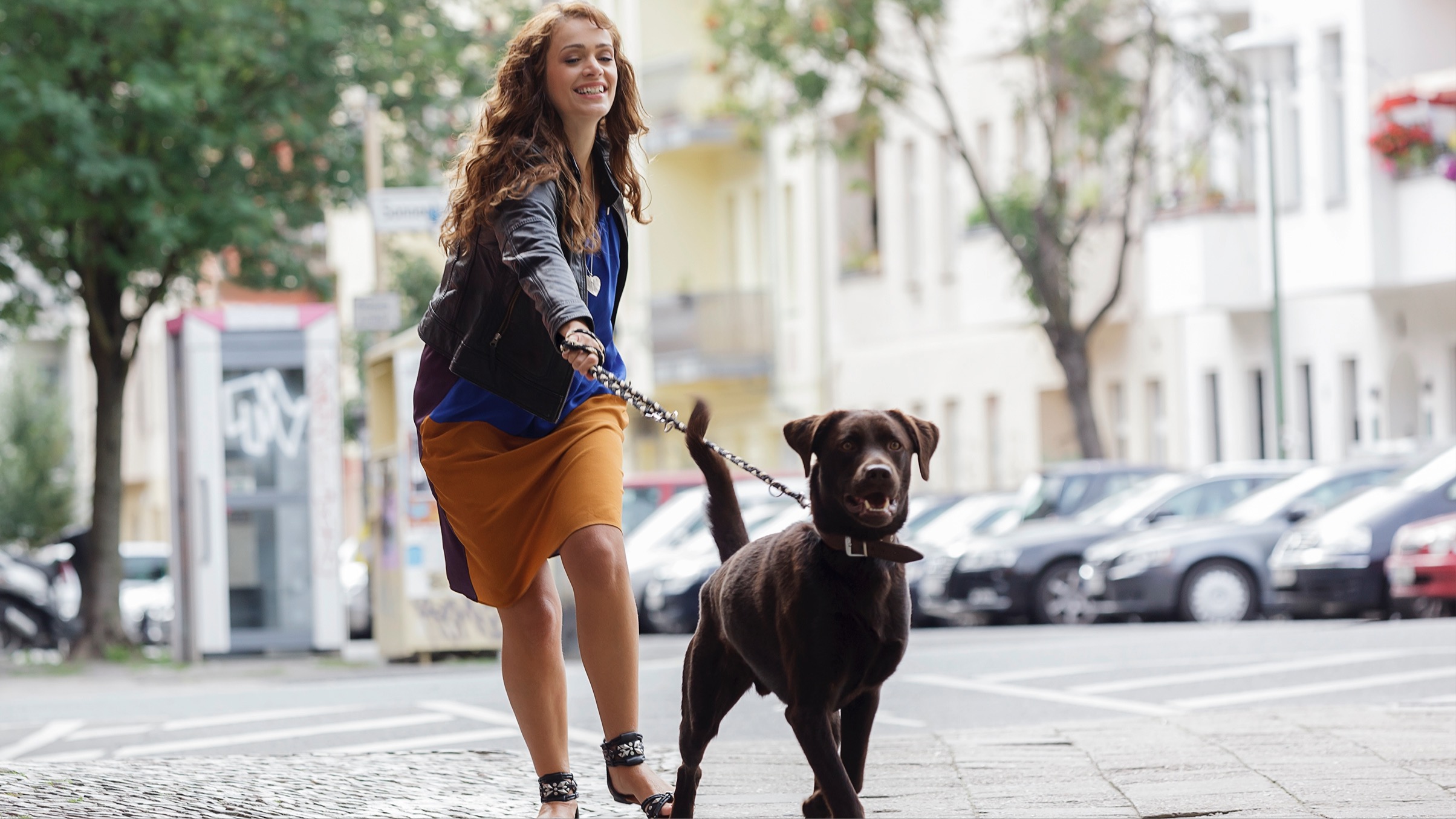
There's no doubt about it, one of the most challenging issues you can encounter as a dog owner is reactivity. It can leave you feeling incredibly isolated and alone, but please know that with time, patience and consistency, change is possible.
While many pet parents turn to the best dog treats to try to distract their dog, reactivity is a complex issue and while rewards can certainly help when it comes to training, it's important to first get to the root cause.
What causes reactivity in dogs isn't an exact science, but most trainers agree that anxiety, improper socialization and a lack of education surrounding dog walking etiquette are top of the list.
And you'll be relieved to learn that even the experts struggle with these things. Renee Rhoades, a highly trained behaviorist with a masters in animal welfare science, has shared three errors she made with her reactive dog in a recent Instagram post — and she hopes they'll help you on your own journey.
1. Not avoiding triggers sooner: "Where I live it is near impossible to avoid off leash dogs or guardians who are not actively involved in what their dogs are doing, so I decided that our previous walking areas were iffy and walks in my neighborhood were an immediate no. Instead I focused on activities that we could do without the threat of other dogs. Most often this was at home," explains Rhoades.
2. Not teaching my dog how to rest: "As a guardian of a high drive, working dog I got sucked into the idea that if I didn't physically drain my GSD's energy I would regret it," says Rhoades. And yet what she discovered was that the opposite was true — rest was crucial when it came to learning how to calm a reactive dog.
"The more I did to move his body the less he rested. Instead I focused on raising his physical activity during peak, natural times and then lowering his arousal with calming activities to help him learn how to self-regulate."
3. Staying resentful: "It wasn't that I was angry with my dog, I was annoyed with the situation," Rhoades explains. "I was angry with others who didn't see the signs that their dogs were uncomfortable with my dog. That they got to continue leaving their dogs off leash. That their dog's insecurities resulted in my dog's reactivity.
Being resentful is natural, but I knew I had to let the feelings go because they were not doing anyone any good. So, instead, I chose to focus on the now. How I could help my dog now. What I could do to make our lives the best now."
As you likely already know from being the owner of a reactive dog, dealing with issues like barking and lunging aren't easy. But by avoiding common mistakes that can derail your dog's progress and working with a qualified trainer or behaviorist, your dog can take positive steps towards a calmer and more relaxed life.
If you're keen to learn more from those who have been where you are, we highly recommend checking out the following pieces: 'Owning a reactive dog is hard. Here's how I navigated the social challenges with my pooch' and 'These are the five most useful things I’ve learned as the owner of a reactive dog'.







